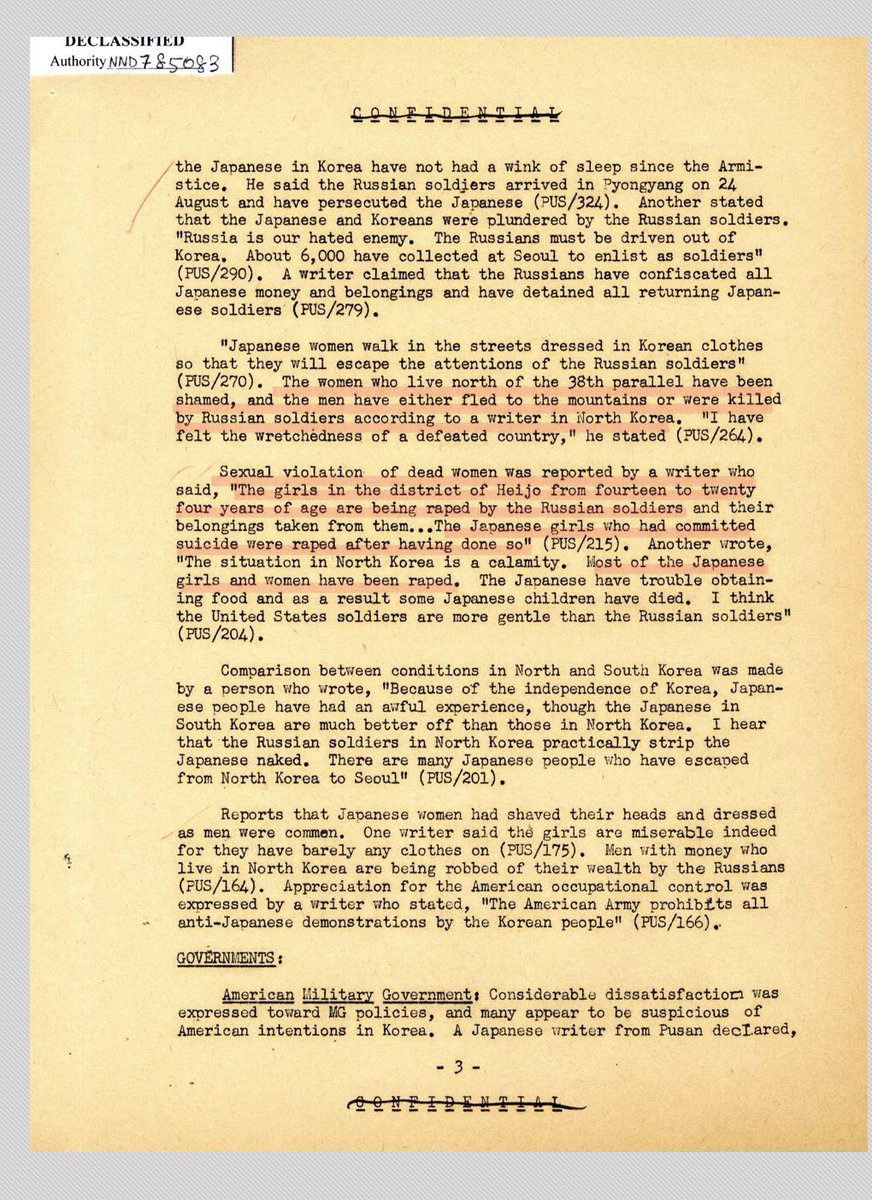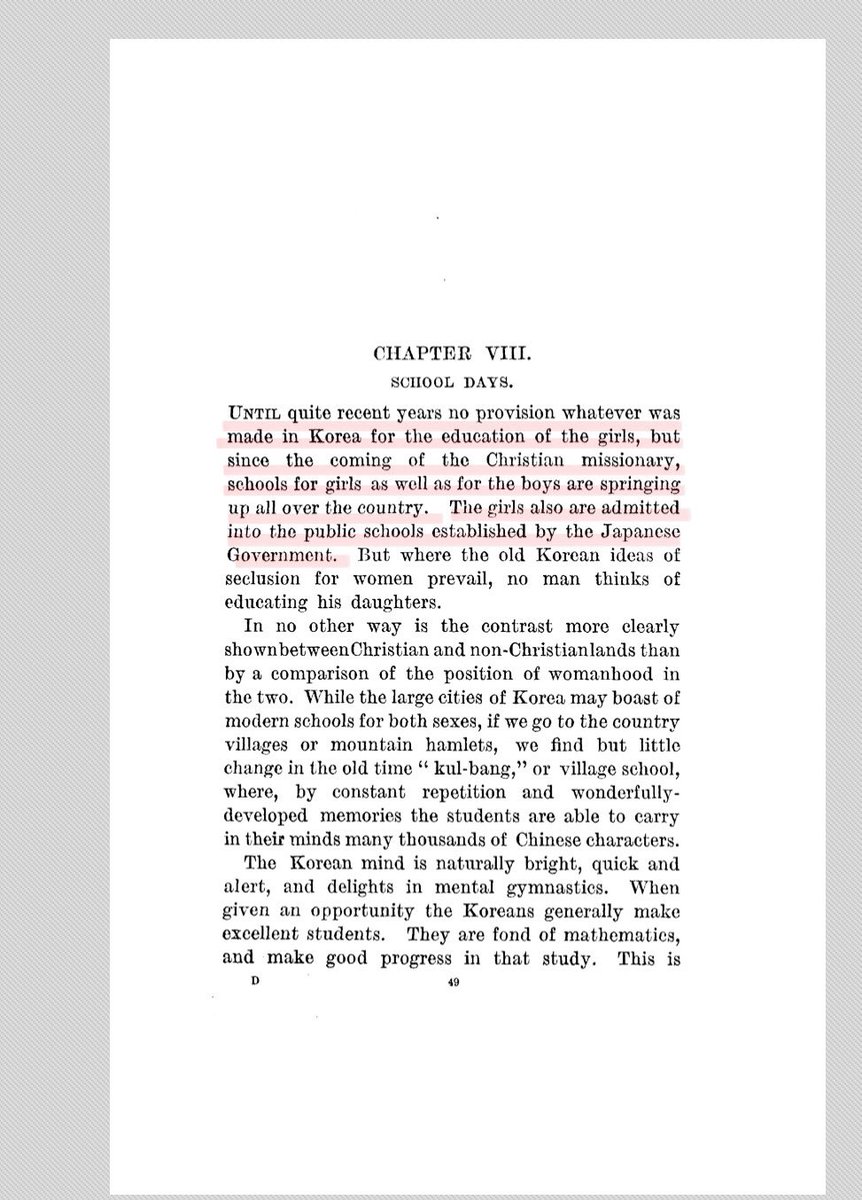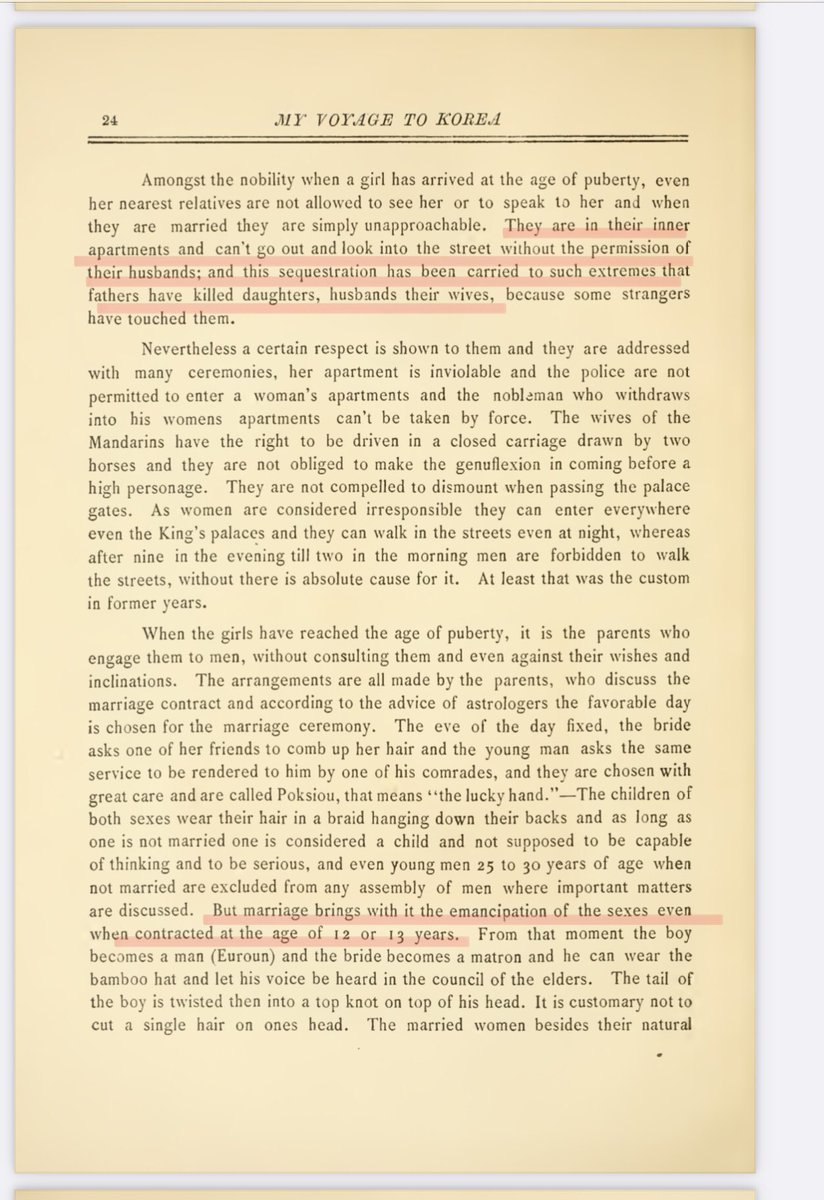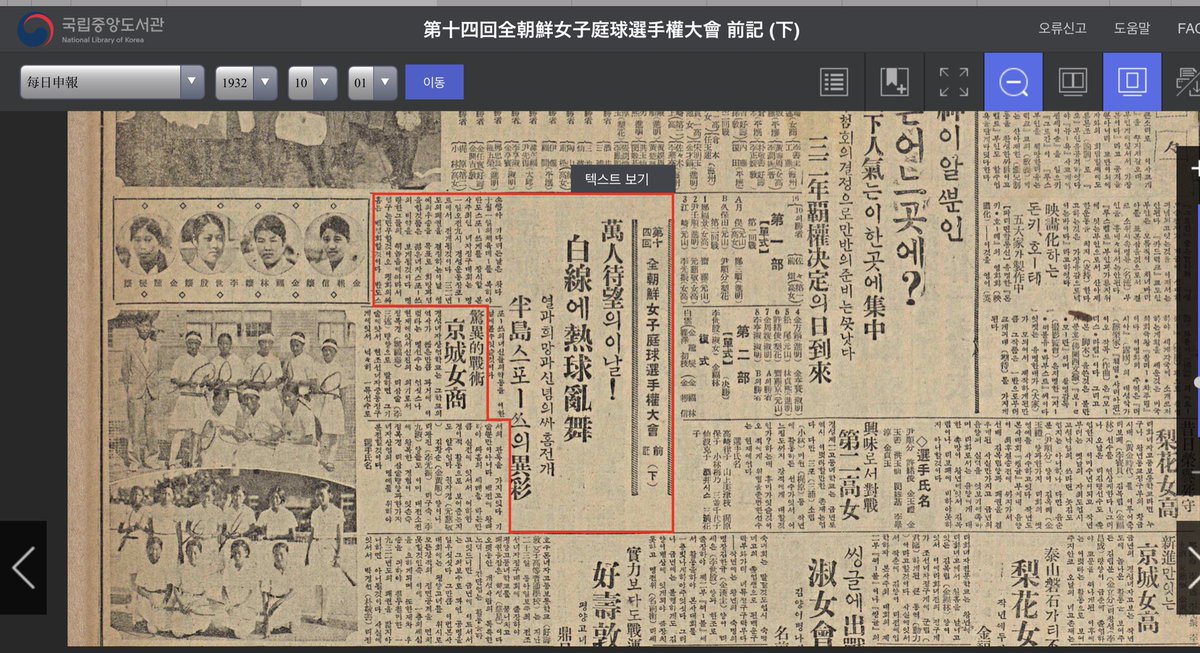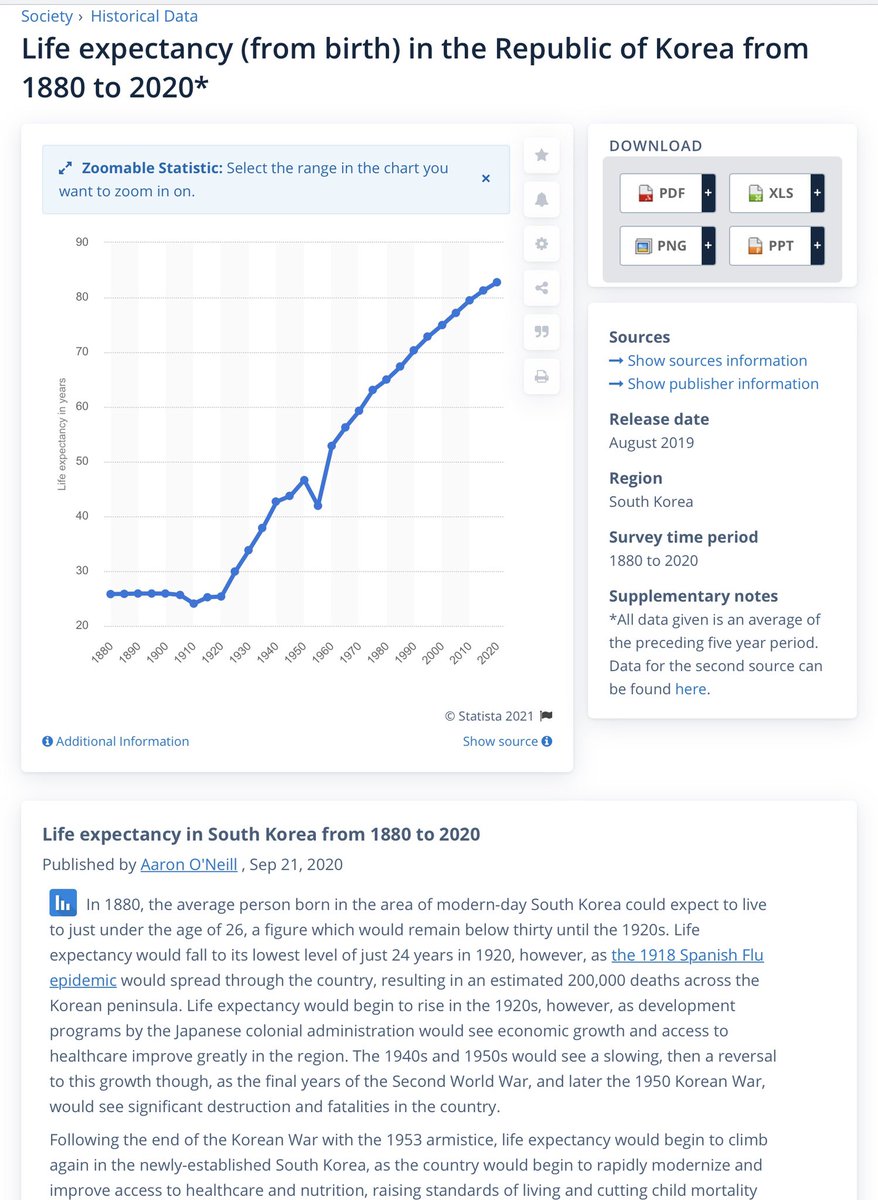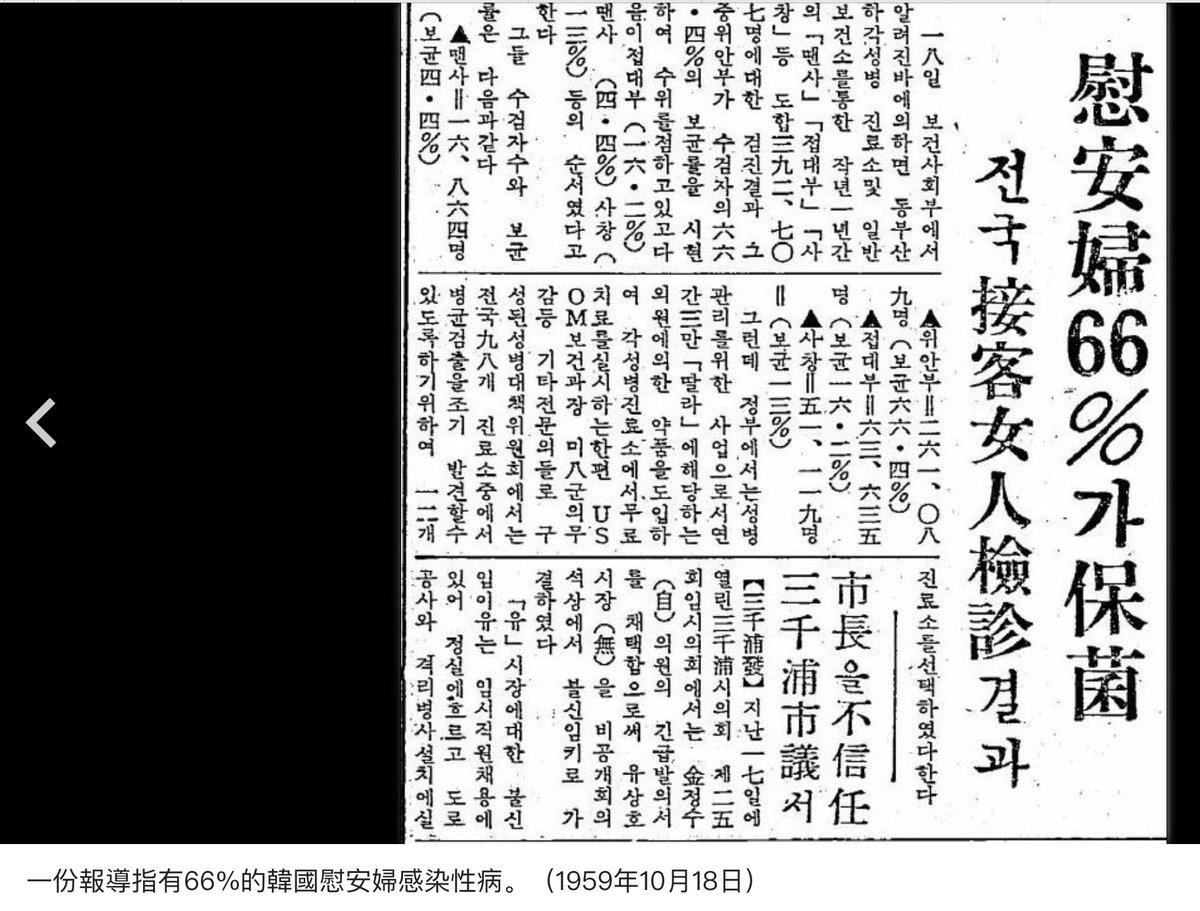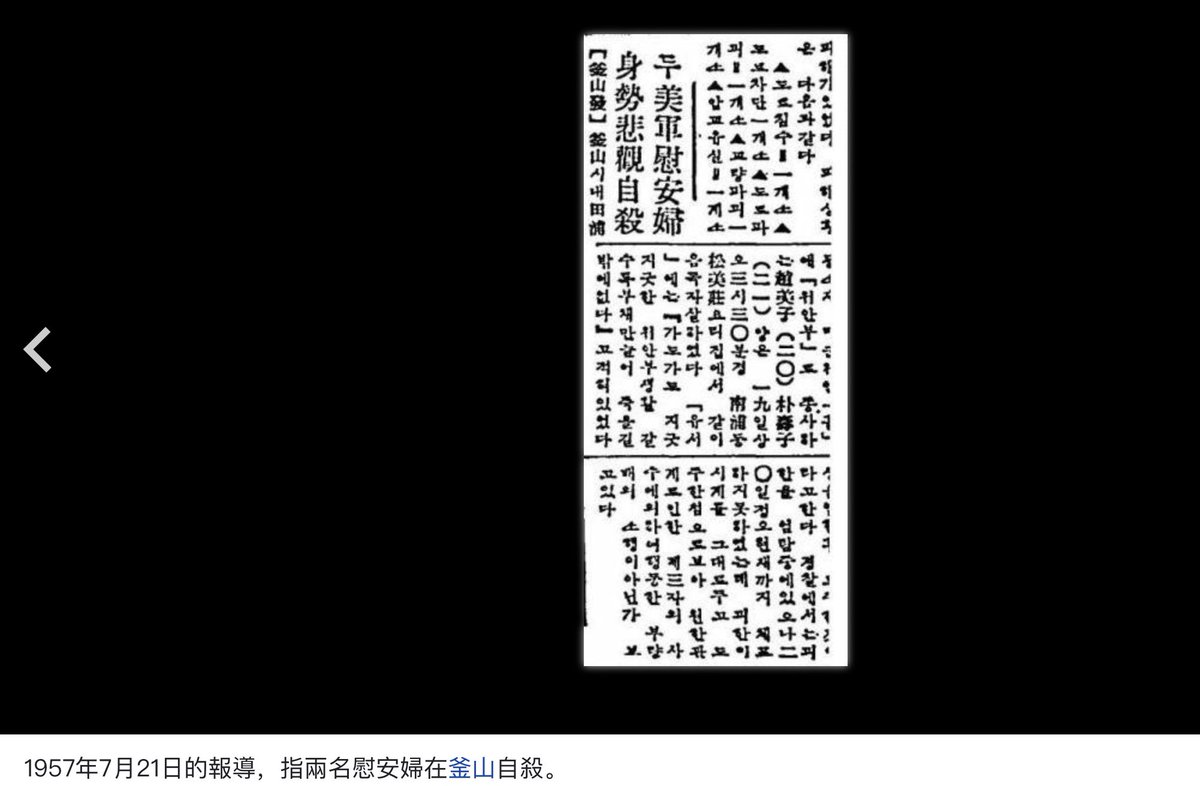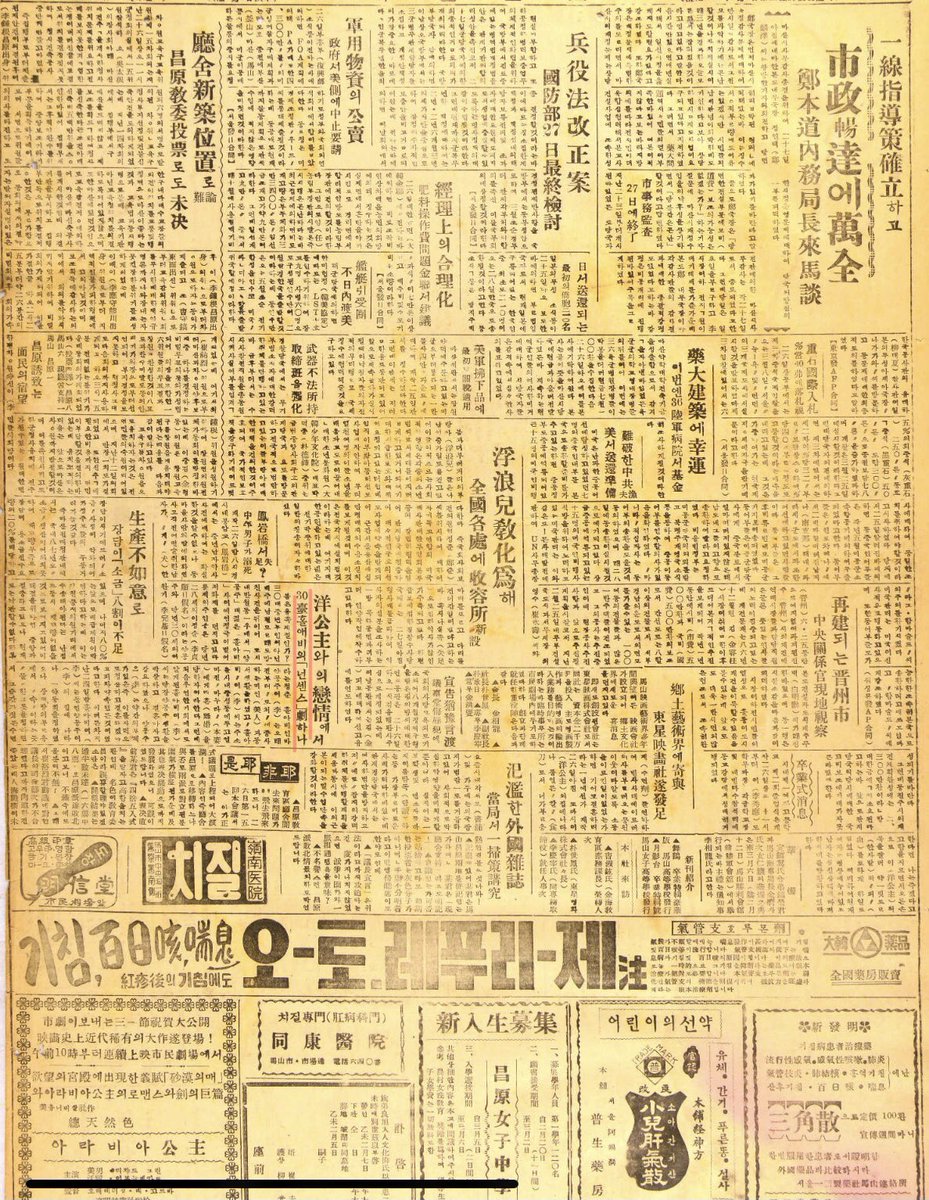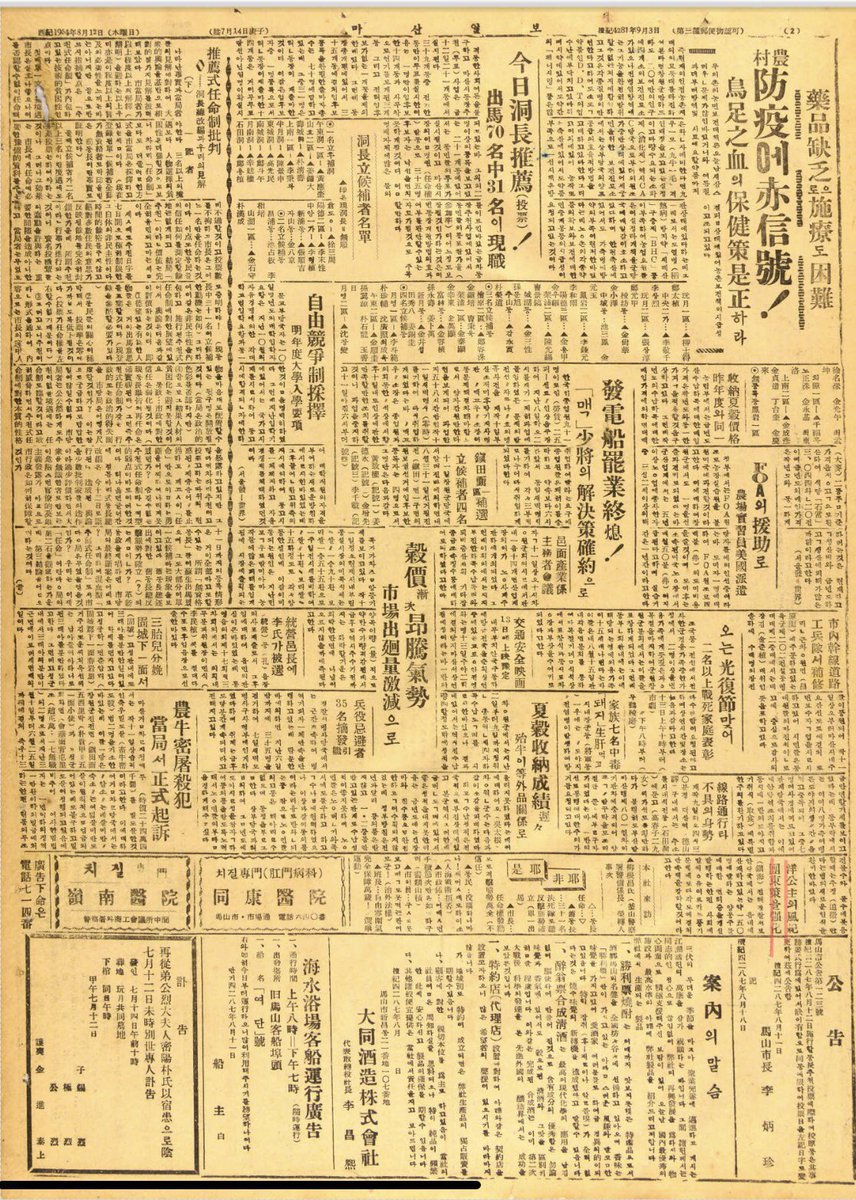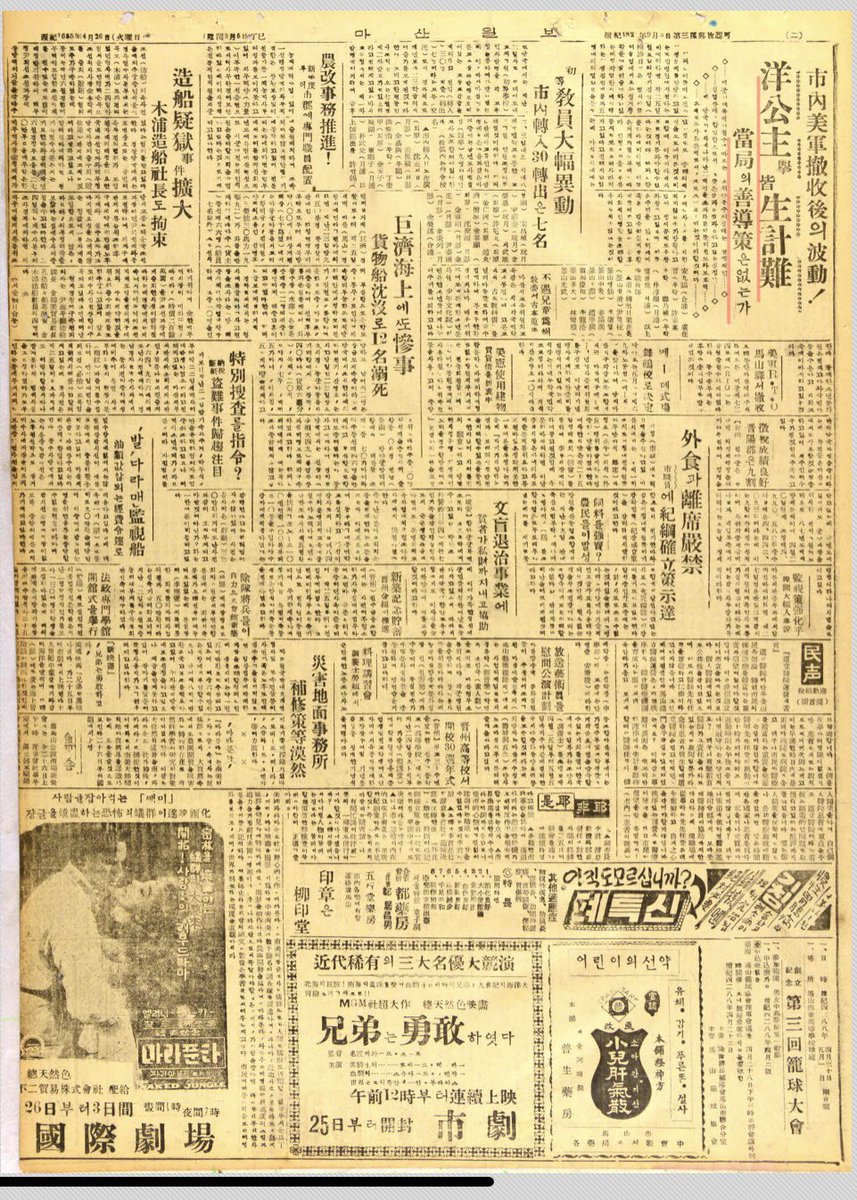The Korean War claimed many civilian casualties and had a huge negative impact on the life expectancy and population of the Korean people.
But the massacres committed by both sides at that time are now being forgotten.


But the massacres committed by both sides at that time are now being forgotten.



The following US military reports are part of a criminal record of large-scale executions of POWs and civilians by North Korean and Chinese forces.
It also includes descriptions of torture and brutal killing methods.

It also includes descriptions of torture and brutal killing methods.


the Taejon massacre of September 1950, there were many female victims, some of whom were killed with their babies on their backs. 



Nearly 500 political prisoners were shot dead in the Yongchong massacre and their bodies were doused with petrol and burnt. 



In September 1950, landowners and government officers were burned alive in Suchon Jail by North Korean communists. 



Elsewhere, in June 1950, between 150 and 200 South Korean wounded soldiers were killed by North Korean soldiers at Seoul University Hospital.
In September of the same year, some 266 South Koreans were killed in Taehwangchon.



In September of the same year, some 266 South Koreans were killed in Taehwangchon.




Many of the victims were also tortured before their execution, and not only were bayoneted but also some had their eyes gouged out and one had his genital sliced off. 







The following are some of the atrocities committed against POWs in the Korean War.
Hill 303 massacre


Hill 303 massacre

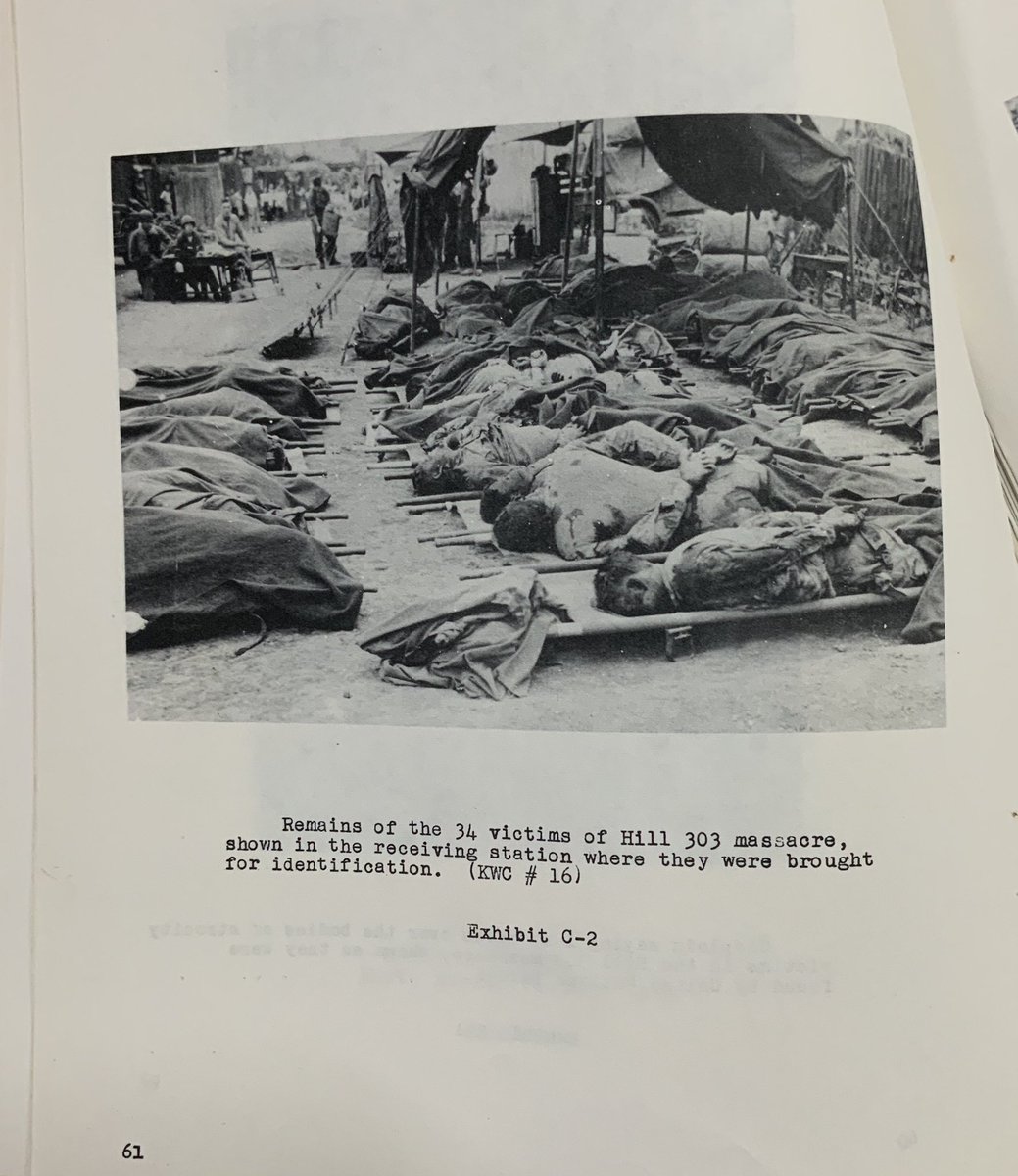

Prisoners of war captured by the North Korean and Chinese armies were also "re-educated" in the camps to cooperate with the communists and were forced to confess to imaginary crimes. 







Chinese and North Korean guards often tortured prisoners of war by beating, tying them in painful positions and making them stand for long periods.
Sometimes prisoners were locked up for days in very small cells.



Sometimes prisoners were locked up for days in very small cells.




In winter, prisoners were forced to run barefoot in the extreme cold. When water was poured on them by Chinese guards, it immediately froze, but the prisoners were left to "reflect" for several hours. 

Such torture using the cold is called "冻刑” and is also seen in the torture of Falun Gong followers. In the Ghulija incident in 1997, Chinese police sprayed water on Uyghurs in freezing weather and caused serious frostbite. 







Communist re-education in "confession of imaginary crimes, self-reflection and cooperation with the Communist Party" was also carried out on Japanese prisoners of war who were interned in Siberia and then sent to the Fushun camp.
They are called "中帰連(returnees from China)".
They are called "中帰連(returnees from China)".

South Korean POWs captured in North Korea are reported to have been forced to work as slave labour in coal mines. Some of the victims were detained for nearly half a century as "working animals". 







The massacre of civilians on the South Korean side is known as the Bodo League massacre.
The massacre on Jeju Island already started in 1948, tens of thousands of people were killed and many islanders fled to Japan.



The massacre on Jeju Island already started in 1948, tens of thousands of people were killed and many islanders fled to Japan.




British archives also has some reports about the mass execution of civilians by the South Koreans, including women and children.
However, an American military adviser seem to have decided not to mention the mass executions because it would be internal interference.

However, an American military adviser seem to have decided not to mention the mass executions because it would be internal interference.


There are still POWs interned in North Korea who have not been able to return home.
Despite the many war crimes committed during the Korean War, no one has been tried as a war criminal under international law.
Despite the many war crimes committed during the Korean War, no one has been tried as a war criminal under international law.
• • •
Missing some Tweet in this thread? You can try to
force a refresh



















